Circa 2019
A memory-storage device can bank information delivered by either light or electronic signals.
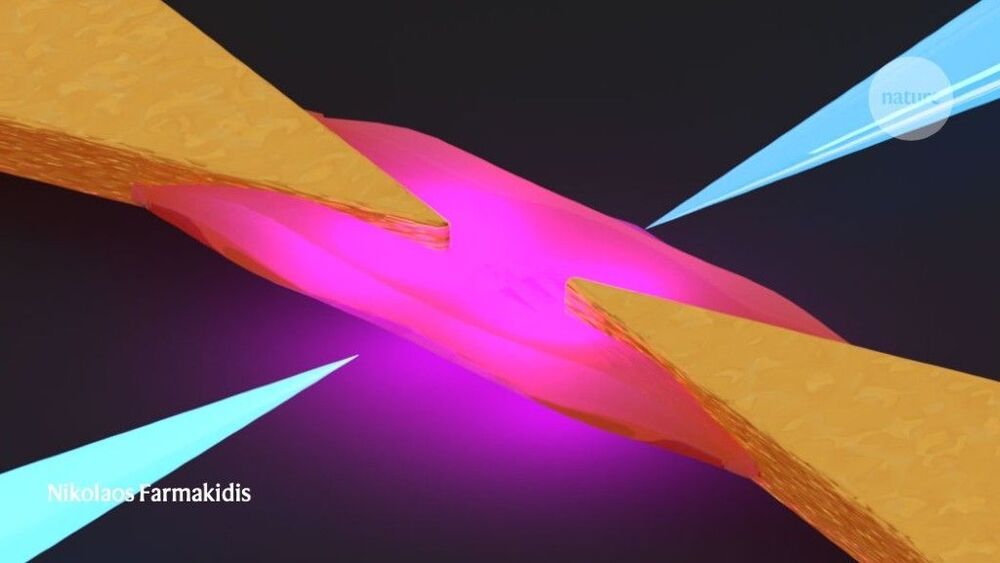

Scientists at the University of Liverpool have sequenced the genome of the bowhead whale, estimated to live for more than 200 years with low incidence of disease.
Published in the journal Cell Reports, the research could offer new insight into how animals and humans could achieve a long and healthy life.
Scientists compared the genome with those from other shorter-lived mammals to discover genetic differences unique to the bowhead whale.
The CERN in Geneva has become a sink for public money.
At the same time there’s a lack of funding in other research areas, that would be much more urgent!
In this video I explain why building a next larger particle collider will most likely not tell us anything about dark matter and why, therefore, claims by prominent particle physicists that dark matter would be a “guaranteed result” are misleading.
The piece that I quote in the beginning is this:
Here’s my latest video!
Animal products, including meat, cheese, and eggs contain carnitine and choline, metabolites that are converted by gut bacteria into TMA, which is then converted by the liver into TMAO. Plasma levels of TMAO are associated with an increased risk of disease and death, so should we limit intake of these animal products?
Separately, fish contains relatively high levels of TMAO, and blood levels of TMAO spike after fish consumption, but there is a decreased all-cause mortality risk for fish consumers. To explain these disparate findings, other factors may be involved in the TMAO-health and disease story. In the video, I discuss the impact of kidney function on plasma levels of TMAO, disease and mortality risk.
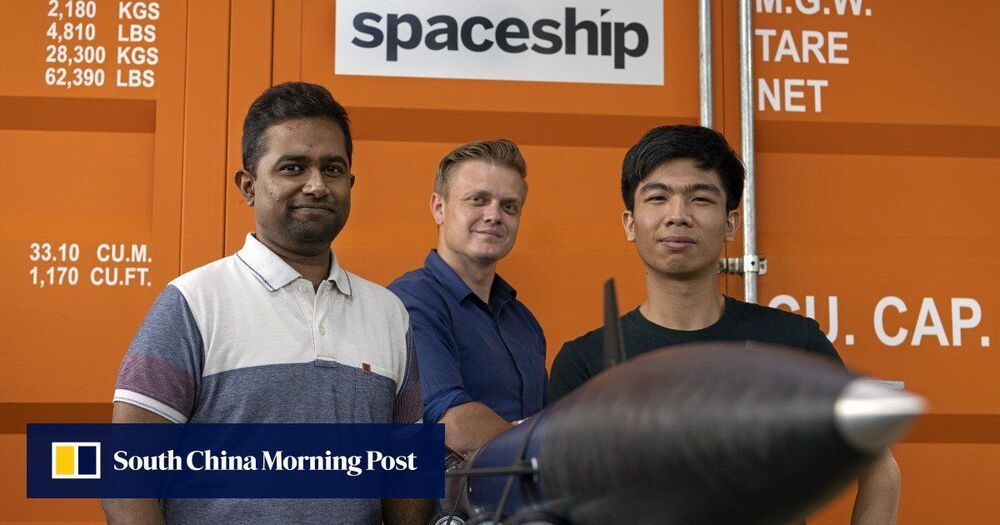
The space industry is opening up new frontiers in Southeast Asia, with Singapore fast emerging as a regional hub for a growing tribe of scientists, inventors, designers and so-called astropreneurs with their sights set firmly on the stars.
Entrepreneurs and tech start-ups have joined the space race. Singapore is fast emerging as a space technology hub, bringing together investors, scientists, designers and inventors.
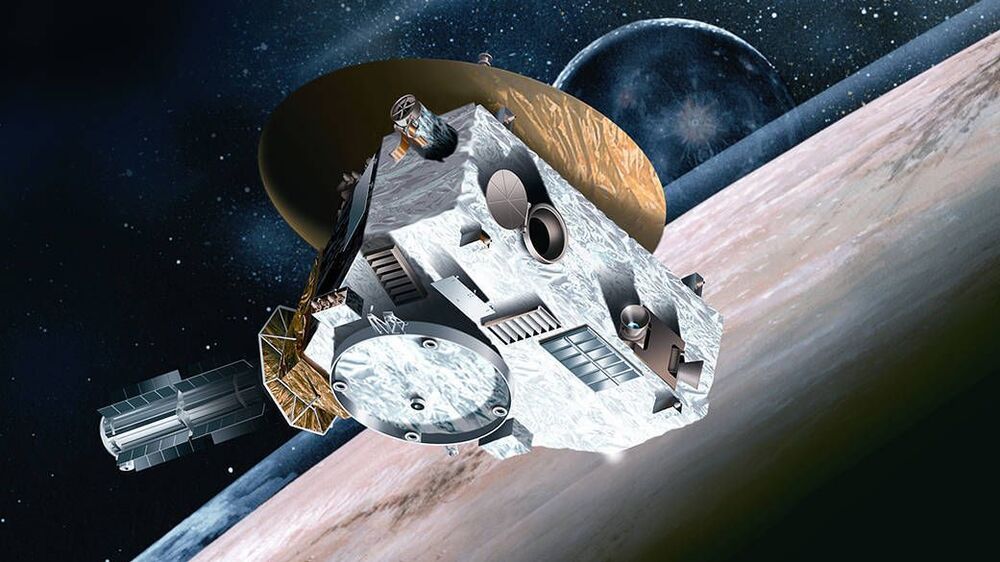
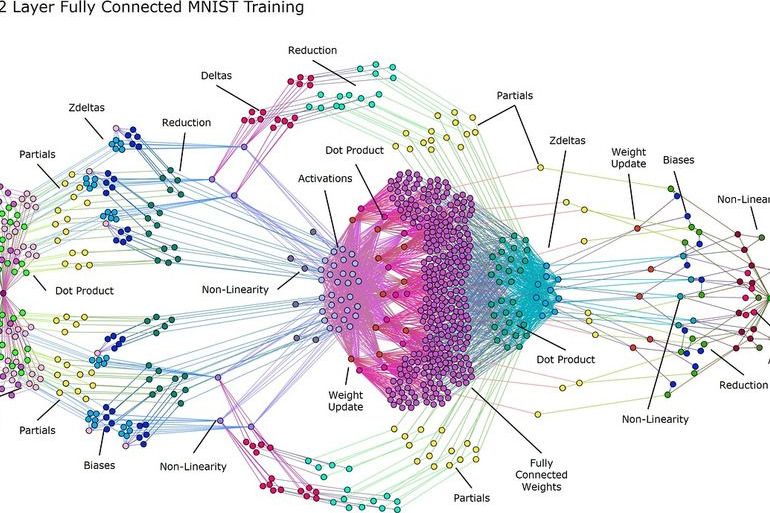
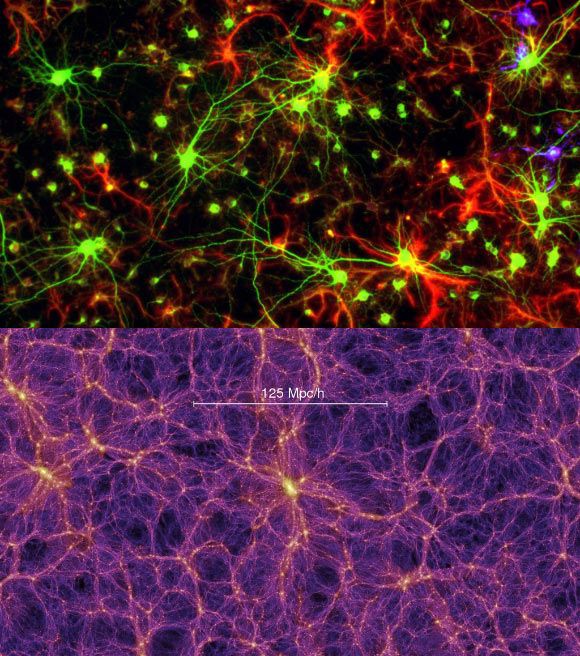
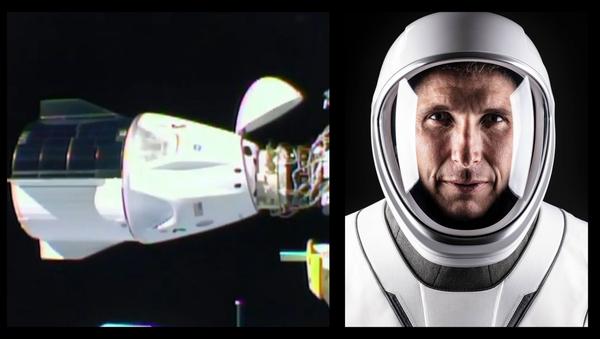
SpaceX launched NASA and Japan Aerospace Exploration Agency (JAXA) astronauts atop a Falcon 9 rocket aboard the Crew Dragon Resiliece spacecraft on a voyage to the International Space Station (ISS) on Sunday. After a 27-hour trip, Crew-1 NASA astronauts Michael, Victor Glover, Shannon Walker, and JAXA astronaut Soichi Noguchi arrived to the orbiting laboratory on Monday night. Dragon Resilience docked to the station’s Harmony module where it will remain until the astronauts head back to Earth. “SpaceX, this is Resilience, excellent job right down the center,” radioed SpaceX mission control in Hawthorne, California. “SpaceX and NASA, congratulations. This is a new era of operational flights to the International Space Station from the Florida coast.”
Upon arrival Crew-1 astronauts were welcomed by Expedition 64 crew members, NASA Astronaut Kate Rubins and Russian cosmonauts Sergey Kud-Sverchkov and Sergey Ryzhikov. Crew-1 astronauts will stay at the space station for six months to conduct science research. This is the first long-duration ISS crew in history that features seven members. The space station does not have enough sleeping quarters for all members, only for six. So, one of the Crew-1 astronauts will sleep aboard the Crew Dragon spacecraft.
NASA Astronaut is Commander of the Crew-1 mission, he decided he will be who sleeps inside Crew Dragon while its docked at the space station. said he will sleep inside the spacecraft until another sleeping pod is delivered to ISS, which could arrive three months from now or after the Crew-1 is scheduled to return. He shared that it is an old tradition for a commander to sleep inside the spacecraft. —“I think there’s a tradition that oftentimes in the shuttle days, the commander usually slept in the cockpit,” said during a press conference. “So, at least for me, it just felt right that was where I needed to be. If any of us were going to sleep there, I felt like it should have been me.”
The next Falcon 9 mission will carry a satellite to keep a precise eye on our oceans.